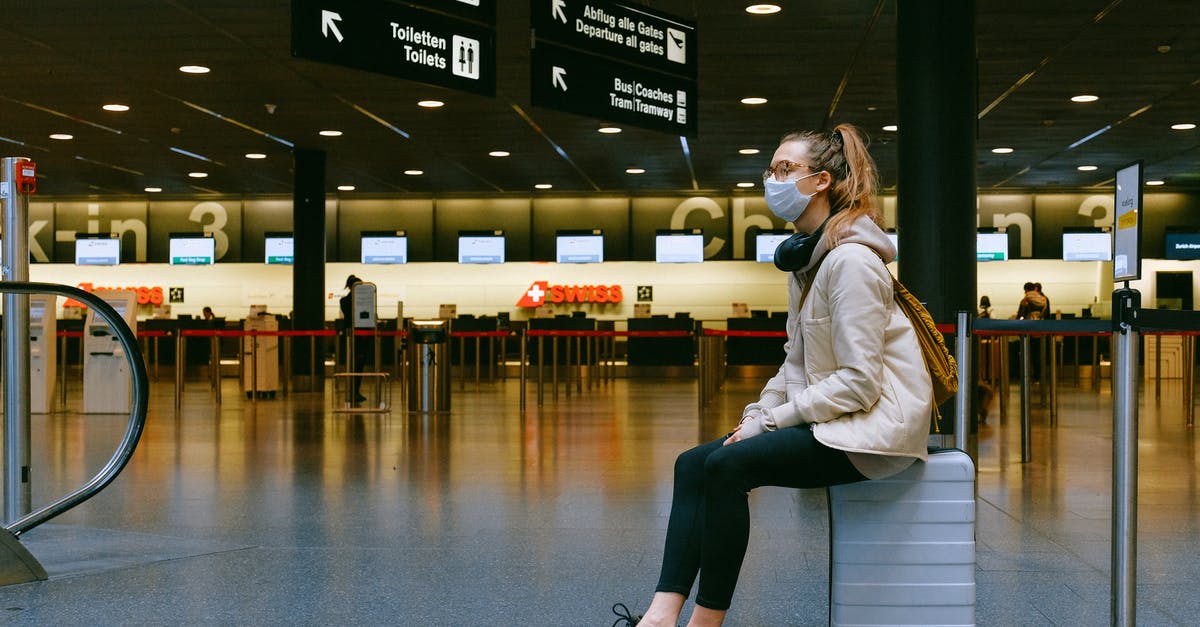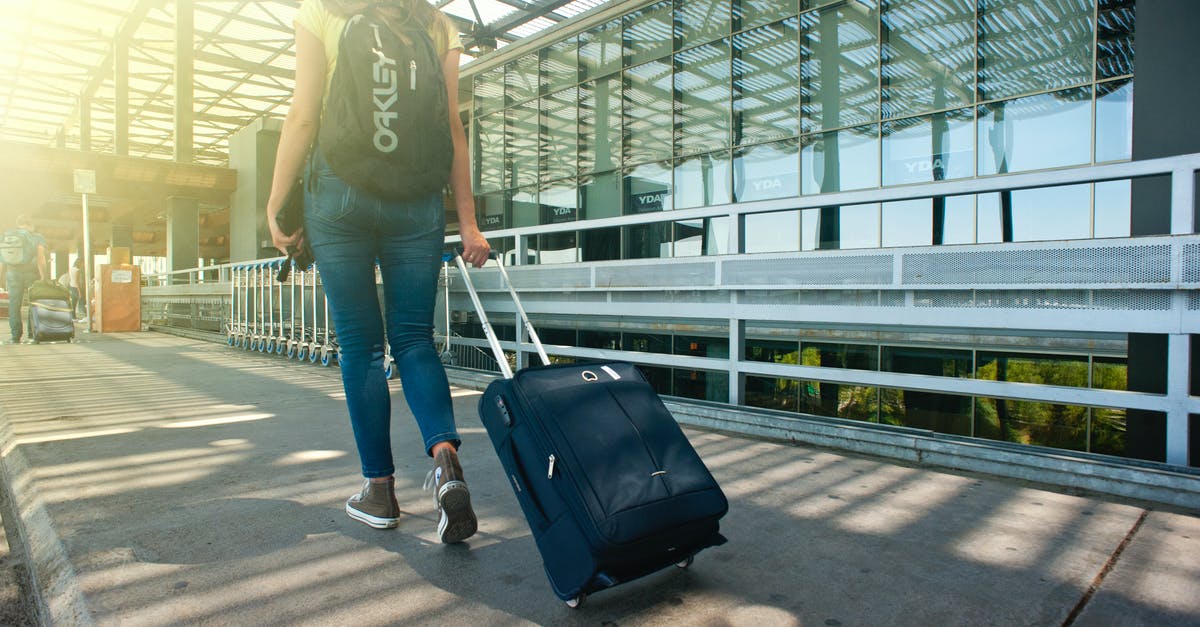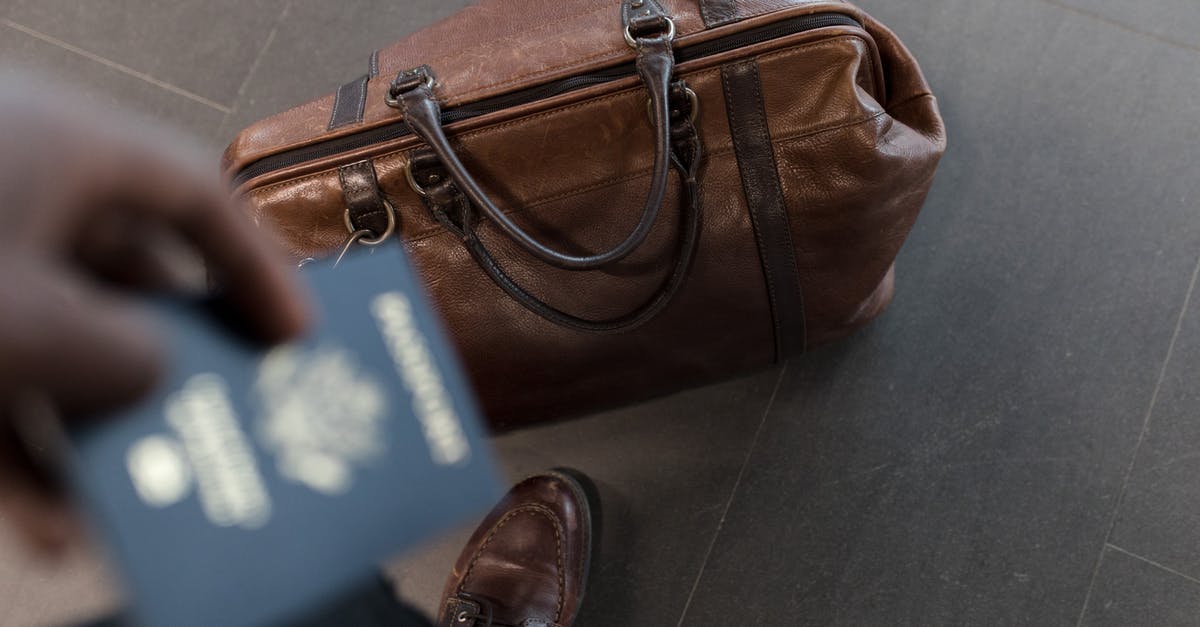Traveling with luggage in Machu Picchu region and avoiding altitude sickness

We have a trip ahead in South America that includes about 4 days in Cusco - Machu Picchu region. The main purpose of this part is obviously to see Machu Picchu, a bit of the Sacred Valley, catch a glimpse of Cusco and possibly one more place in that region, maybe Tipon.
We are traveling to Cusco by plane from practically zero altitude, so one of the major things to consider is minimizing the risk of altitude sickness when planning the itinerary. The scheduled arrival time is around 10 am in the morning, but this is after several flight connections. Should something go wrong and we miss a flight on the way, we might not make it to Cusco till the evening, which further imposes risks on the decision about the date that we should buy Machu Picchu tickets for, since those are bought in advance and cannot be modified easily.
As you can guess, the question is how to plan these 4 days. Since Cusco is very high (3400 meters), I don't consider it an option to sleep there the first night. Better would be Ollantaytambo (~2800 m) or even Aguas Calientes (~2000 m) in case we can make it there.
The second issue to consider is that each one of us is traveling with a luggage of 12-15 kg and a small backpack of 3-4 kg. Obviously we would like to spend as little time without access to our luggages as possible, preferably no nights at all.
Traveling to Aguas Calientes with the luggage can be problematic, especially since we'll be there in the high season, although still possible. In case we are willing to pay extra for that option, how can this be arranged, and how much extra will that be on top of the regular train ticket prices? In this case we would spend the first two nights in Aguas Calientes, see Machu Picchu on day two, and the third day heading back to Ollantaytambo and probably to Cusco the fourth day.
If that's too risky or simply doesn't work in the high season, it seems that staying in Ollantaytambo the first night and leaving the luggage there is the best option. We would go see a bit of the Sacred Valley the second day, sleep in Aguas Calientes, then see Machu Picchu on day three, head back to Ollantaytambo in the evening to meet our luggage again and sleep there, then head to Cusco on day four. The obvious disadvantage of this alternative is that we are spending one night without the luggage, we should find a safe place to store it in Ollantaytambo for maybe over 36 hours (where?), and that we are spending the first night at around 2800 meters instead of the appealing 2000 meters option.
This is what I could come up with so far, but all different itinerary ideas are also welcome, as long as they match our restrictions and preferences. Lots of people on the internet write about how less is more and you should try to travel without a luggage and everything, but it will be a long and exhausting journey and this is really not what we want. We're not traveling on extremely tight budget, meaning that we are alright with taking trains as such, but only as long as the prices are reasonable. This means that we don't want to pay a hundred dollars just to take the luggages with us on the train, finances are still a part of the equation as it is to most people on SE.
Surprisingly, out of the several countries that we are planning to visit, this region has been the toughest to plan. I hope to shape the remaining part with your feedback and ideas. Thanks in advance.
Edit: please note that the main question is not how to deal with the altitude sickness, rather what's the best route plan under very common restrictions such as traveling with a luggage and keeping in mind the altitude sickness.
Best Answer
I have to disagree with the suggestion that it depends on your health and fitness condition. I had a severe case of altitude sickness while in Atacama in Chile for a week. Together with two others who in their professional life were well-trained soldiers. I wouldn't say I am a master example of well trained body, but the soldiers definitely were. I think it is quite similar to sea sickness, in the sense that some are more susceptible to it then others.
In my opinion there are some thing you can say about altitude sickness
- Don't listen to tour operators their main objective is to sell tours and they hardly ever have returning customers.
- As already said, don't compare to fellow travelers.
I think it is the lonely planet that said that when you experience altitude sickness, there are three things you should do:
- Going down,
- Going down
- Going down.
Pictures about "Traveling with luggage in Machu Picchu region and avoiding altitude sickness"



How do you prevent altitude sickness in Machu Picchu?
Avoid alcohol & drink more water. You need to drink more water at high elevation (e.g Cusco, Machu Picchu, Lake Titicaca) than you would normally drink at lower levels (e.g Lima) to prevent dehydration, whose symptoms are similar to those of altitude sickness, such as dizziness, sleepiness, and lack of energy.Do you have to take high altitude precautions in Machu Picchu?
Machu Picchu is located at 2,400 meters above sea level, so you will not have to worry too much about altitude; however Cusco is located at 3,399 masl, take your precautions.How common is altitude sickness in Machu Picchu?
However, do bear in mind that almost three million people from all over the world visit Cusco and Machu Picchu each year with only a small percentage suffering from altitude sickness. Cusco and Machu Picchu are one of the world's major tourist destinations and as such have good medical facilities available.How do you prevent altitude sickness in Cusco?
5 Tips to Avoid Altitude Sickness in CuscoHow to Prevent and Treat Altitude Sickness in Peru (From Cusco)
More answers regarding traveling with luggage in Machu Picchu region and avoiding altitude sickness
Answer 2
Altitude is something you can not really prepare for with a trip of the length you are undertaking. Climbers spend several weeks walking into basecamp areas and several more weeks hanging at the base to slowly acclimatise themselves. Spending one or two nights at middle altitudes will not make any real difference. You might as well go straight to Cusco.
Each person reacts differently to higher altitudes and the only real test is going there. I have led bicycle tours in Tibet, where our lowest altitude is 3300 m and we reach points over 5000 m. I have had riders from Florida who had no issues and folks who live high in the Rockies who suffer.
Go to Cusco and enjoy the trip of a lifetime, just be prepared to accept that fact that you might have to bail out for lower altitudes if your body doesn't like the thin air.
Answer 3
From personal experience, it is not as bad as it may seem, but then again it probably depends on your health and fitness level.
I am 37, my wife is 33, neither of us is very fit, but not we are not couch potatoes either. We flew from Lima (sea level) to Cusco and stayed there for 5 days.
Before the trip we had similar concerns as you had, and we also had more luggage with us than you will have. Our only previous experience with similar altitude was spending an hour or so at various mountains in Switzerland at around 4km, so we kind of knew how it would feel like. At the end we decided to go for it.
In Cusco it was hard to get enough oxygen at the beginning and for example climbing the stairs to 2nd floor felt like having to climb to 6th, but a cup or two of coca tea and a good sleep worked wonders for us and we got used to the altitude pretty fast.
Answer 4
It seems to me you're worrying too much. :)
If you want to see the sunrise at Machu Picchu, which is highly advised, you'll have to stay the previous night in Aguas Calientes. I would advise against staying two or more nights as the village has very little to offer.
You might indeed get altitude sickness. To minimise the effects, take it easy.
So, it seems to me that the most effective trip would be to stay your first night in Cuzco, head out to Aguas Calientes on your second day, come back to Ollantaytambo on your third and return to Cuzco the day after.
Though officially, Inca Rail specifies that only hand luggage is allowed, I was on a train last year where plenty of passengers had regular-sized backpacks with them.
That said, if you only stay in Aquas for one night, it should be no problem to leave your main bag at the ho(s)tel you'd be staying at in Ollantaytambo.
Sources: Stack Exchange - This article follows the attribution requirements of Stack Exchange and is licensed under CC BY-SA 3.0.
Images: Anna Shvets, Oleksandr Pidvalnyi, nappy, Vlada Karpovich
